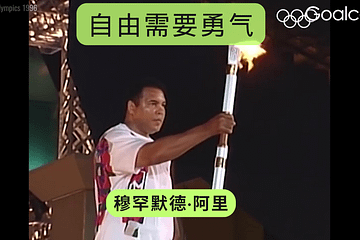Ms. Zhang Hanzhi, Mao Zedong’s English teacher and a renowned diplomat of the People’s Republic of China, once recalled a scene that left a deep and lasting impression on her. In that year, U.S. President Richard Nixon visited China at the invitation of the Chinese government, attending a historic Sino-American negotiation. During this meeting, the Chinese side insisted on using their own translators, while Nixon’s team could only sit at the back and listen.
At one point, Nixon mentioned, “I believe that the interests of the United States and China in international affairs are parallel.” The meaning of this sentence was clear: though the two countries had different goals, there were still many points of common interest. The Chinese translator at the time, following the usual procedure, directly translated “parallel” as “平行” (píngxíng), which, in terms of English grammar, appeared to be a correct, literal translation.
However, this translation caught the attention of Freeman, the American translator. He approached the Premier and said he believed the Chinese translation was not entirely accurate. The Premier asked, “How is it inaccurate?” Freeman explained, “The word ‘平行’ in Chinese means never intersecting, like two parallel lines. But the President’s meaning was that ‘although our two countries have different goals, we still have many common points,’ so the word ‘parallel’ is not appropriate.”
After listening to Freeman’s explanation, the Premier, intrigued, asked, “So how would you translate it?” Freeman replied, “If I were to translate it, I would say ‘the interests of our two countries are different paths leading to the same goal.’ It’s like two streams coming from different valleys. Although the paths they take may differ, they eventually converge into the same place.”
This conversation made the Chinese translator quite embarrassed. Years later, Ms. Zhang Hanzhi still recalled this event with a sense of admiration for Freeman’s translation. She reflected that while both “parallel” and “different paths leading to the same goal” could convey a certain meaning, capturing Nixon’s intended message precisely was quite difficult. This is because language itself contains inherent differences, and these differences inevitably mean that translation can never fully restore the original intent.
This small incident profoundly highlights the differences between languages and cultures, as well as the mental clash behind the process of translation. Every language has its own unique way of expression, and certain subtle cultural differences often prevent us from achieving perfect precision in translation. It is this “closeness” rather than “perfection” in expression that is the true charm of translation.



0 Comments